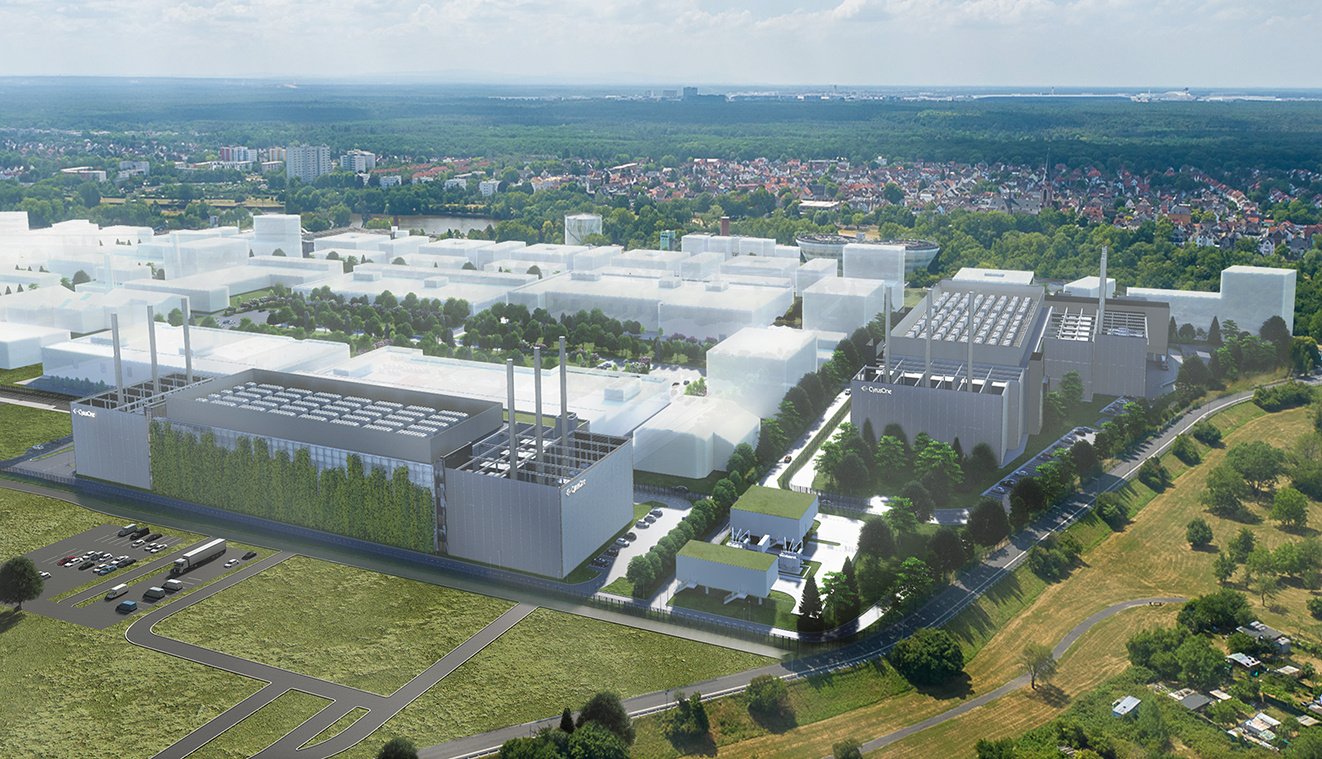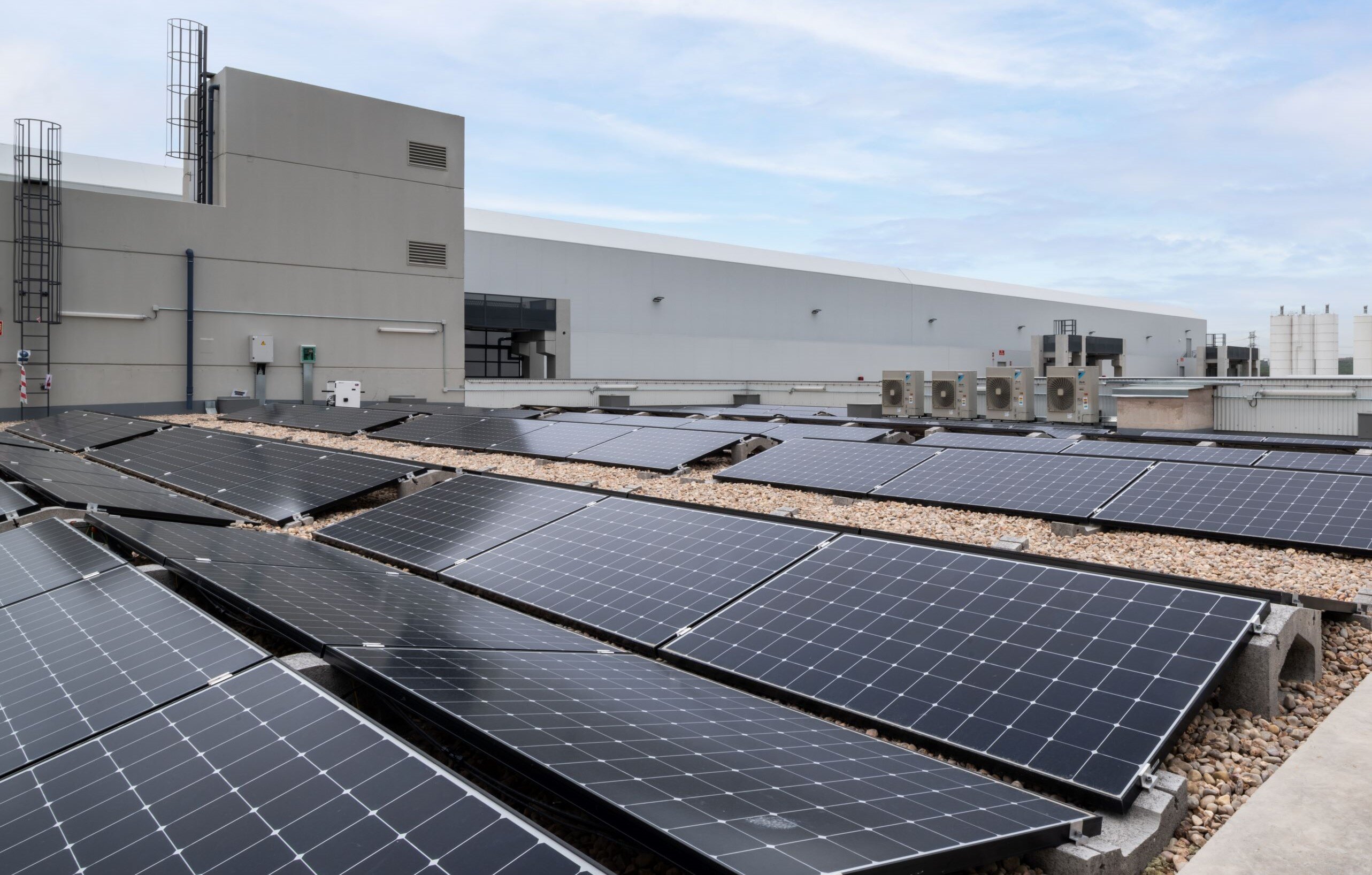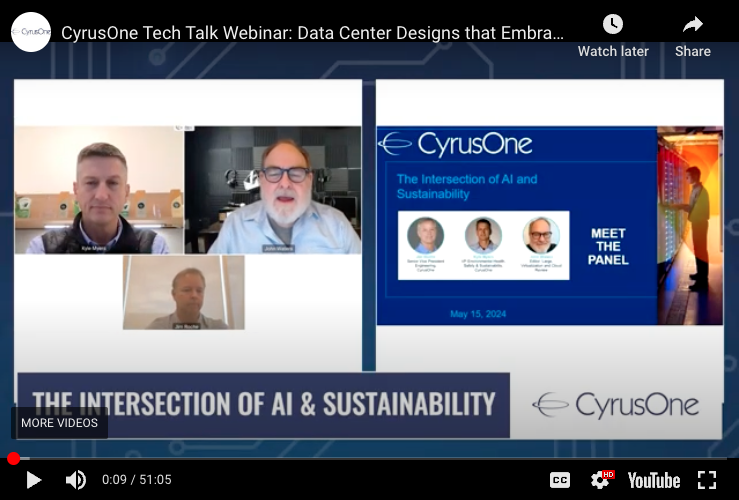As we enter the second quarter of 2024, CyrusOne continues to see several trends in the data center industry gain traction. Below are only a handful; Artificial Intelligence (AI) and machine learning (ML) are the driving factor behind at least a dozen trending issues affecting both the industry and customers. With data centers being the backbone of digital transformation and communications, these trends have implications for virtually every industry and every individual.
Data Center Efficiencies from AI
Data center providers are increasingly recognizing the value of AI-infused systems for predictive analytics which enable the automation of operations and improved resource management.
Emerging AI technologies, harvesting and analysing data from sensors and systems logs, are being leveraged for their predictive capabilities to monitor data storage and management processes, energy usage, and signals of potential system failures, ultimately optimizing efficiency and reducing energy consumption. For example, AI can evaluate relationships between energy usage and workloads and automatically power down servers when they are not in use. Additionally, AI is enabling enhanced security through real-time anomaly detection, proactive threat identification and data protection.
Data Centers in Europe Continue to Respond to the Acceleration of AI
As AI workloads grow in size and complexity, the need for data storage increases exponentially – unlike anything we have previously seen. In Europe, there are some unique implications. The acceleration of AI is being driven from the United States, with massive training models being housed predominantly in this market. For now, it appears most growth of AI in Europe will probably be driven by inference – the process of running live data through a trained AI model to make a prediction or solve a task – meaning demand will be more localized and distributed in the European market. This inevitably requires a lot of additional computational power, which the region will need to address and solve for in the coming year, including most critically, where these campuses will be deployed to meet the demand. If it follows the U.S. path, the deployment will happen in or close to a major metro environment, which will be a major shift for both the industry and wider society. To date in the UK and throughout Europe, we have seen hyperscale cloud providers move, what we believe are initial inference-led, AI loads into their existing capacity within traditional availability zones (AZs) to utilize existing infrastructure. We believe this will be an ongoing priority in 2024 while they seek to better understand future needs.
Cloud Recalibration
The pandemic brought a dramatic increase in remote workforces, which prompted IT leaders to quickly move workloads to the cloud. At the time, it was the logical thing to do. Now, organizations recognize changes may be needed, which can also create cost savings, including migrating certain workloads to a private cloud or back to on-premises. The recalibration includes optimizing costs by eliminating redundant, overbuilt, or unused cloud infrastructure and concentrating on resilience instead of redundancy. Public cloud will continue to grow, but adoption will be more selective as organizations increasingly embrace other options.
Renewable Energy Growth
Strong growth in the data center industry is expected to continue in 2024 and beyond, largely driven by demand for AI-infused systems, enterprise digitization and other factors. The scavenger hunt for data center companies to find power availability, meet sustainability goals, and other factors are prompting interest in renewable energy solutions. We believe the data center industry is moving beyond being consumers of power to becoming developers of local renewable generation, perhaps starting as microgrid operators. Microgrids are self-contained electrical networks that draw from on-site energy sources (e.g., solar, fuel cells, and energy storage) and supplement grid availability to minimize the impact of regional power outages and disruptions. Microgrids may be the answer as the complement or replacement to diesel generators.
New Data Center Development Where Power is Available
Instead of bringing power to sites, we’re seeing data center development going to where power exists. Markets that want to compete for the best data center projects need to bring reliable power at a competitive price. We’re seeing this in locations where power is available and land costs are lower such as Charlotte, Raleigh, Omaha, and Reno just to name a few. To leverage these markets, hyperscale buyers are optimizing their data center footprints. In return, one benefit is that available power enables shorter construction timelines. In some constrained markets, data center providers own land but can’t break it until power becomes available years from now.
Green Financing
Enormous capital investments are required to construct data centers, typically financed by credit, loans, and bonds. In our industry, we’re seeing increased adoption of green financing, which are usually categorized as Green Bonds or Sustainability-Linked Loans (SSLs). Both are financing tools that enable organizations to take ESG goals a step further by tying finances directly to sustainable projects and goals. Beyond the data center provider’s financial ties to sustainability goals, green financing also attracts investors who are ESG-focused and might not have otherwise considered funding data center projects.
Innovating the Data Center Ecosystem
Unprecedented demand is driving technological innovation, pushing data center providers to develop new solutions and approaches. This includes leveraging alternate power sources and improving design to accommodate AI. As an example, expect to see more centers feature liquid cooling needed for high-powered AI chips—as one example. The most efficient systems are scalable and can integrate with the facility’s existing air-cooling equipment without adding more demand, making retrofits unnecessary and allowing hybrid cooling solutions. Data center providers are also pushing to build with higher density, enabling customers to pack more into smaller spaces. We expect that the hardware vendors will also continue to innovate around heat dissipation, form factor, power requirements, and other technologies to support overcoming the challenges and constraints of today’s technology.
Moving to Carbon Neutrality Commitments
CyrusOne is amongst a handful of data center providers with ambitious carbon neutral commitments. Look for more to join the fold as it the right thing to do or as pressure increases on the industry, particularly in the wake of the AI tsunami coming at hyper speed and its need for ever more powerful computing power. In the United States, another influencing factor will be increased pressure from customers as climate change regulations will force them to disclose carbon emissions. The US is also likely to follow more stringent European regulations to benefit from the scale rather than manage multiple, disparate systems around the globe. Expect to see data center providers pull several levers to reach carbon zero, including use of Power Purchase Agreements for renewable energy, more sustainable designs touting the most advanced energy and cooling systems, and more uniform global regulations.
The world’s demand for computing power grows exponentially every year. Data Centers are the heart and soul of the infrastructure required to fullfil that demand. The industry is also moving at warp speed to not only meet the demand but drive innovation, appropriate regulations and standards, and support the communities where they are located. These trends like the technology they power are changing rapidly. At CyrusOne, we are not only excited about the future we are excited to be a leader in the innovation and community focus needed to sustain industry growth in a way that meets and exceeds the ESG requirements in the regions we serve.
Summary
- AI is fundamentally transforming the data center industry in two major ways: internally through improved operational efficiencies (like predictive analytics and automated resource management), and externally through unprecedented demand for computing power and storage, particularly in markets like Europe where AI inference capabilities are driving localized growth.
- Power availability is becoming a critical factor in data center development, leading to new strategies including: development shifting to locations with reliable power sources, increased interest in renewable energy and microgrid solutions, and innovations in power-efficient technologies like liquid cooling for AI chips.
- Environmental and financial sustainability are increasingly intertwined, with trends toward carbon neutrality commitments, green financing options (like Green Bonds and Sustainability-Linked Loans), and more efficient designs that can accommodate high-density computing while meeting ESG requirements. This is being driven both by regulatory pressure and customer demands.
 by
by 


